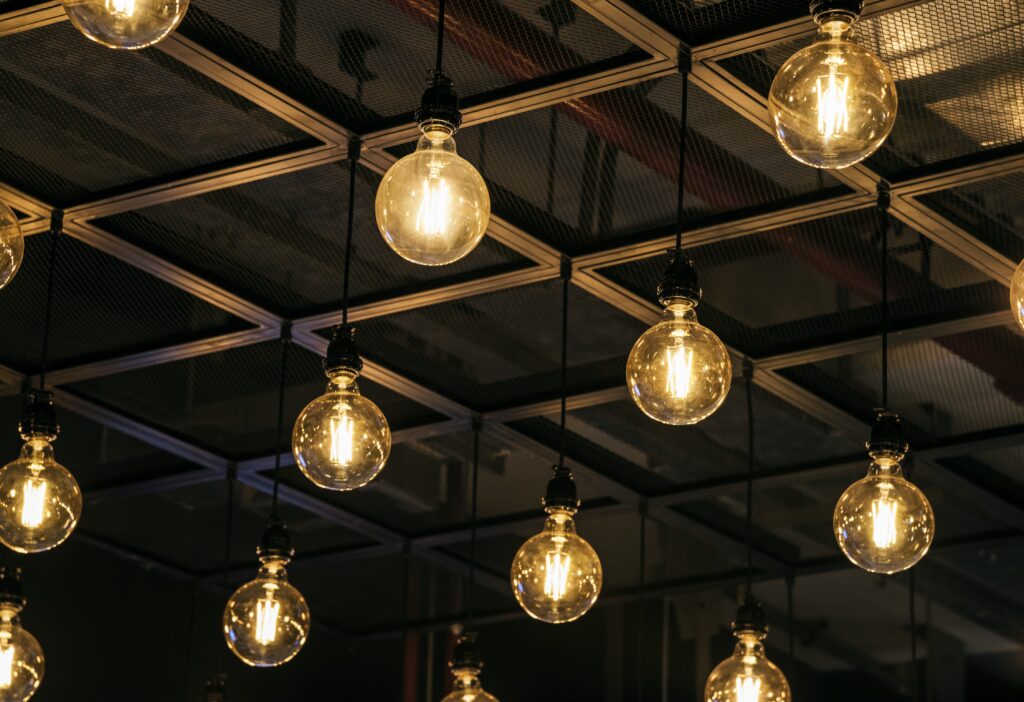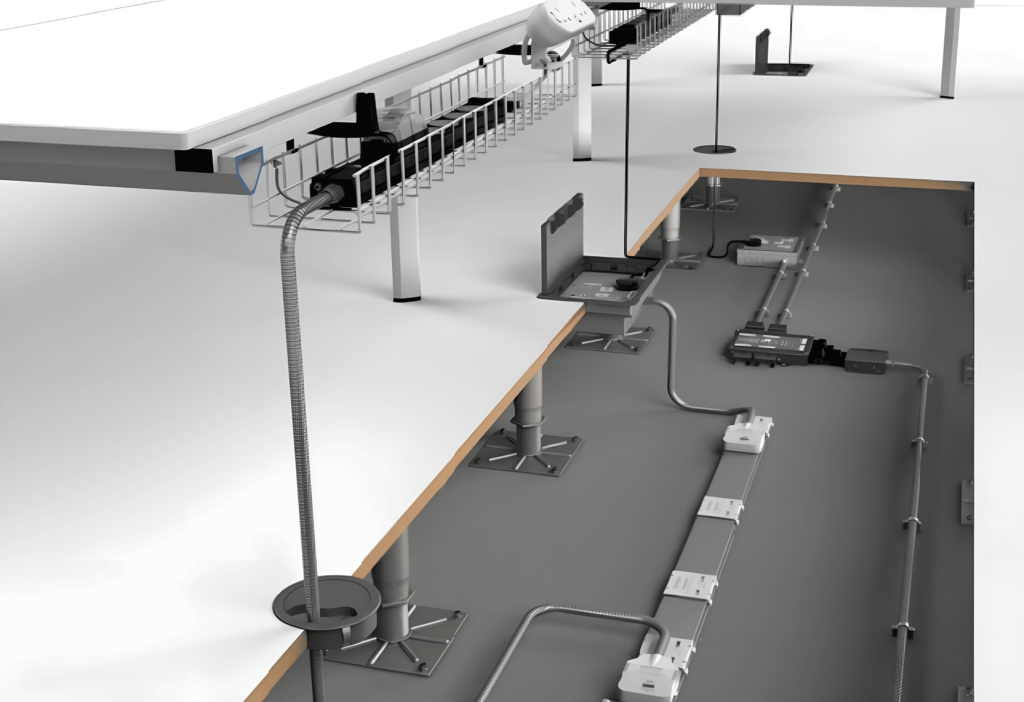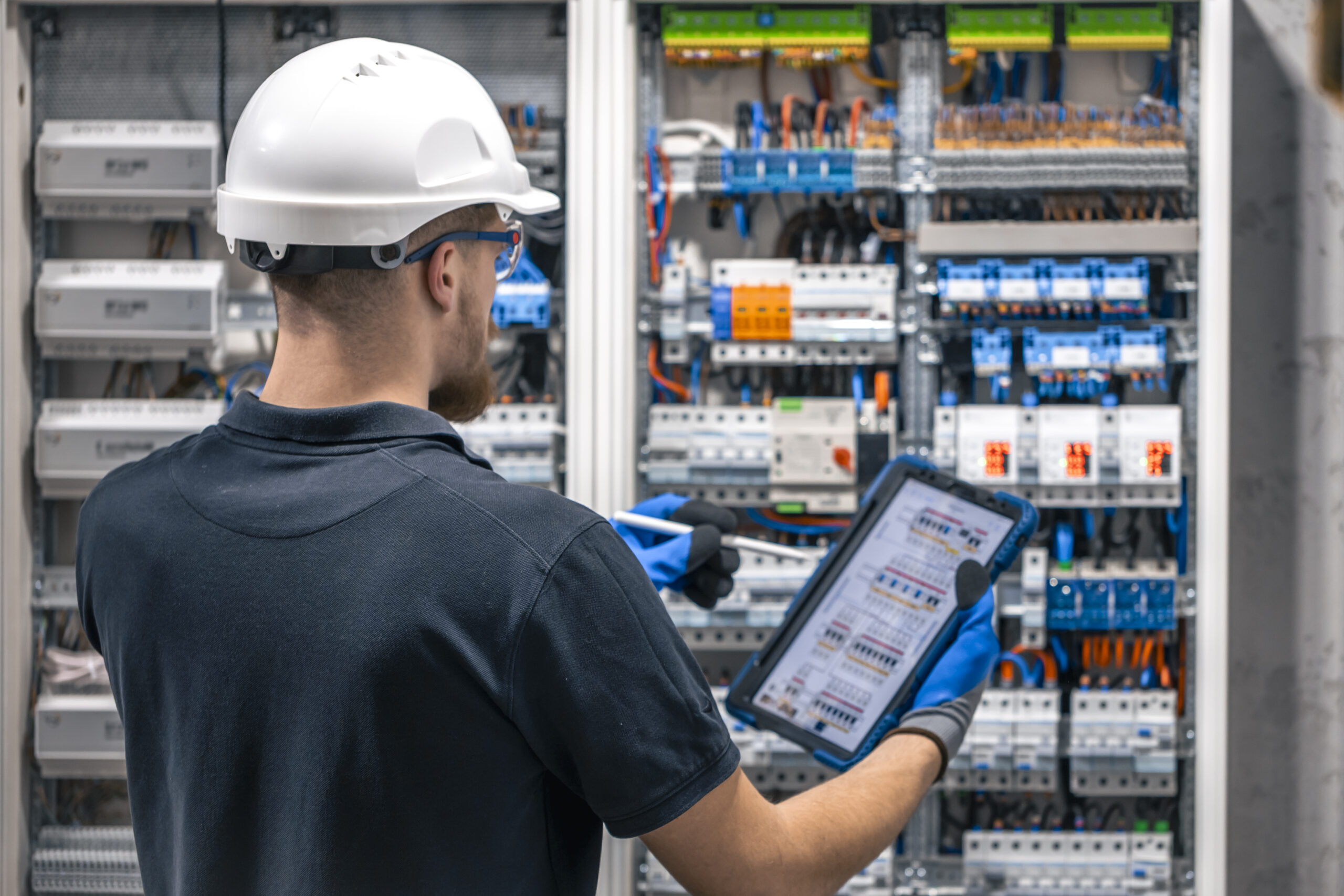Commercial
Commercial
Power Distribution Generally, Commercial buildings require a substantial amount of electrical power to operate various equipment and systems. Therefore, the electrical power is typically supplied from the utility grid to the building’s main electrical service panel or switchgear. From there, it is distributed to different areas and circuits within the building.

Wiring and Cabling
Commercial electrical installations involve running electrical wiring and cables throughout the building. Generally, this is to connect various devices and systems. Different types of cables are used, such as copper or aluminium conductors enclosed in protective insulation. Wiring is typically installed within walls, ceilings, or conduits for protection and aesthetic purposes.


Lighting Systems
Adequate lighting is crucial in commercial buildings for both functional and aesthetic reasons. Firstly, Lighting systems can include general lighting, task lighting, emergency lighting, and decorative lighting. Secondly, these systems may utilize different types of fixtures, such as fluorescent, LED, or incandescent lights. Finally, these lighting systems are often controlled by switches or dimmers, or a combination of both.

Wiring and Cabling
Commercial electrical installations involve running electrical wiring and cables throughout the building. Generally, this is to connect various devices and systems. Different types of cables are used, such as copper or aluminium conductors enclosed in protective insulation. Wiring is typically installed within walls, ceilings, or conduits for protection and aesthetic purposes.


Lighting Systems
Adequate lighting is crucial in commercial buildings for both functional and aesthetic reasons. Firstly, Lighting systems can include general lighting, task lighting, emergency lighting, and decorative lighting. Secondly, these systems may utilize different types of fixtures, such as fluorescent, LED, or incandescent lights. Finally, these lighting systems are often controlled by switches or dimmers, or a combination of both.


Power Sockets, Floor Boxes, and Dado Trunking
A large amount of power sockets are installed throughout commercial buildings to provide electricity for various equipment. They can be mounted on walls, within floors on placed in ceilings. Basically, anywhere inside the fabric of the building and on the outside walls even. Furthermore, they are strategically placed in different areas, such as offices, conference rooms, hallways, and public spaces, to facilitate access to power sources.

HVAC Systems
Heating, ventilation, and air conditioning, commonly known as HVAC systems are an integral part of the majority of commercial buildings. In fact, most modern buildings are fully equipped with heating and cooling. Older buildings may have a large range of different heating systems. However, in both cases, the majority will require electrical sockets. They require electrical power for operation, including components like air conditioning units, fans, pumps, and control systems. Therefore, electrical connections for HVAC systems must be installed according to specific requirements and safety standards.


Power Sockets, Floor Boxes, and Dado Trunking
A large amount of power sockets are installed throughout commercial buildings to provide electricity for various equipment. They can be mounted on walls, within floors on placed in ceilings. Basically, anywhere inside the fabric of the building and on the outside walls even. Furthermore, they are strategically placed in different areas, such as offices, conference rooms, hallways, and public spaces, to facilitate access to power sources.

HVAC Systems
Heating, ventilation, and air conditioning, commonly known as HVAC systems are an integral part of the majority of commercial buildings. In fact, most modern buildings are fully equipped with heating and cooling. Older buildings may have a large range of different heating systems. However, in both cases, the majority will require electrical sockets. They require electrical power for operation, including components like air conditioning units, fans, pumps, and control systems. Therefore, electrical connections for HVAC systems must be installed according to specific requirements and safety standards.

Safety Measures
Commercial electrical installations must adhere to safety regulations and codes to minimize electrical hazards. This includes grounding and bonding systems, surge protection devices, circuit protection, and proper insulation of conductors. Safety devices like ground fault circuit interrupters (GFCIs) are often installed in areas prone to moisture, such as bathrooms and kitchens, to protect against electric shock.

